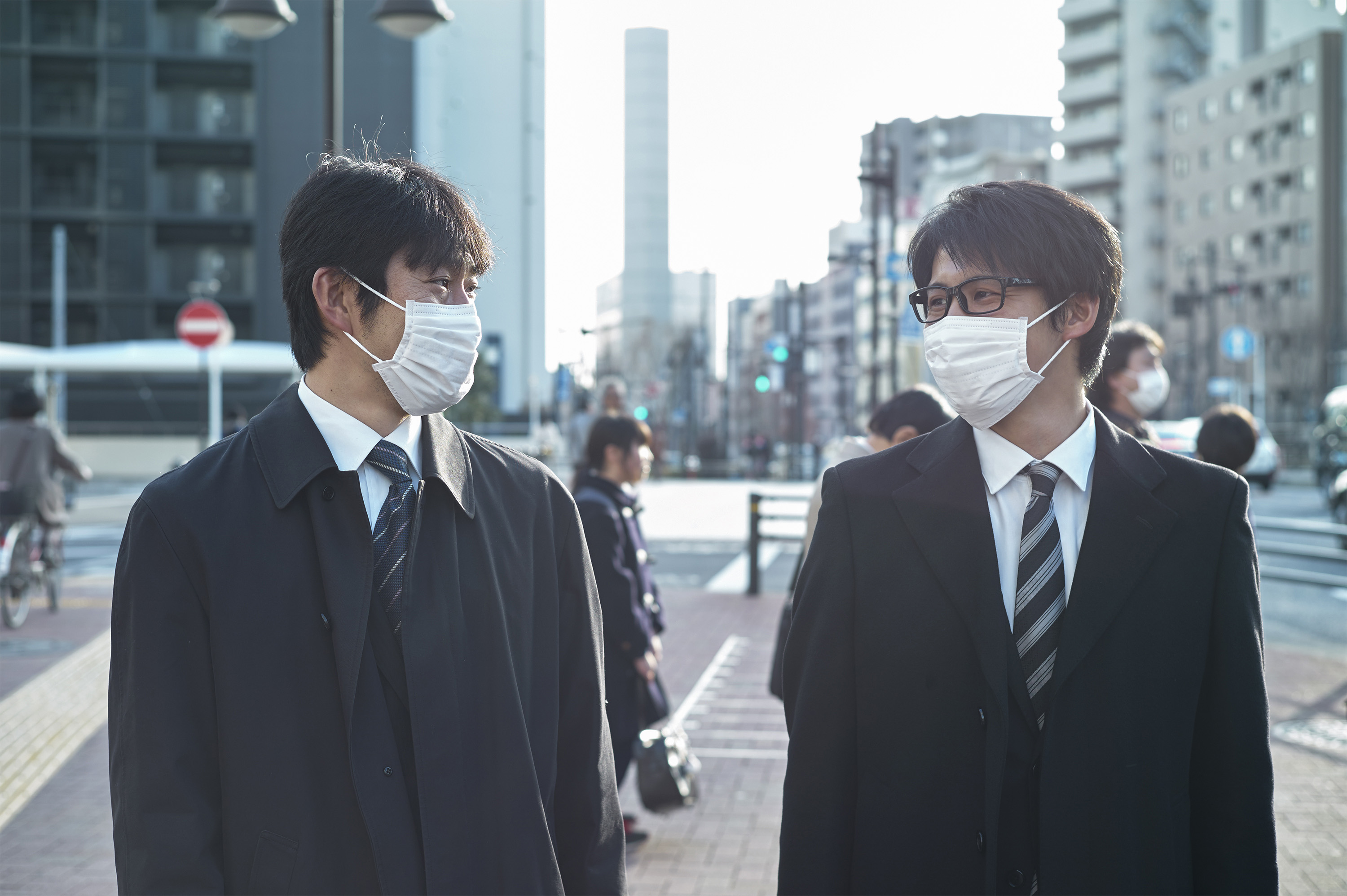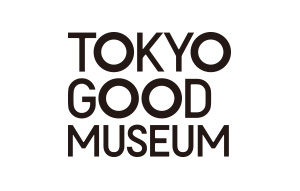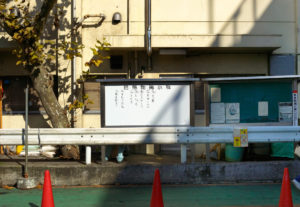Wearing a Mask is About Caring for Others
Important Manners to Prevent the Spread of Viruses
In Japan people wearing a mask can be seen quite often when it starts to become cold. This common sight appears to be ‘very Japanese’ to people from overseas as people are often almost obsessed with maintaining cleanliness. However, the act of wearing a mask is not only to protect themselves from catching a cold or getting a virus like the flu but also not to spread the viruses you might already have. Influenza has a one-week incubation period so there are cases where people already have the virus without even knowing it. Also, even after the fever has gone, the virus could still remain for certain amount of time. Wearing a mask is a way to stop the virus you might have from spread to others. The Ministry of Health, Labour and Welfare encourages wearing a mask, as well as gurgling and washing your hands regularly, and getting a check up with the doctor as soon as possible.

Masks used to be Black!? The History of Masks.
The connection of Japan and masks originates in the Edo period. At Iwami silver mine, designated as a world heritage site, masks were used by miners as dust protectors at the end of the Edo period. At that time, masks were made from a wire frame with a silk cloth attached and people often spread the sour juice of persimmons or put the flesh of a plum between the mouth and the cloth. Then, masks for medical purposes started to be sold around 1880 with the name “Respitore (Protector for breathing)” especially for the patients who suffered from lung and throat diseases, like asthma and cold. From 1918 to 1919, Spanish flu spread so widely and the use of masks became increasingly common. The masks in fashion at that time were made from the wire core with a black satin cloth attached. Nowadays, black masks are back in fashion but the origin of masks was also black.

Wide Variety of Masks Available, either for fashion or function
Gauze masks were invented after World War 2. By 1980, masks were used to protect themselves from not only colds or the flu but also from hay fever. In 2003, masks made from non-woven fabric appeared. Nowadays, there are a variety of masks such as ones with deodorizing functionality, wet masks, high functioning masks with a 99% pollen catch rate, and so on. Also, there are various date-masks (used as a part of fashion) such as masks to help women’s faces look smaller or masks with fashionable designs. People can choose whatever the mask they like and keep at least one in their bags and wear it when they start coughing. This is considered as good manners.

Data
| When did it start? | Medical masks were created as a protector for breathing in Meiji era. |
| Where can I find them? | You can find a variety of high functioning masks and date-masks at pharmacies and drug stores. Some foreign tourists even purchase them as souvenirs. |
| Best suited time of the year or the day? | From the beginning of winter when colds or the flu start to spread until the end of spring when hay fever disappears. |
| Data | The average expenditure for health consumable products in Tokyo: ¥8,023
(Based on Family Income and Expenditure Survey conducted by Statistic Bureau at Ministry of Internal Affairs and Communications in 2015) * health consumable products include cotton, band aids, triangular bandages, bandages and so on. |
| Please note | You could be considered suspicious if you wear a mask abroad. It is better to check the customs of the place outside of Japan if you wish to wear a mask. |
In cooperation with: Naito Memorial Medicine Museum
Reference:
‘Masks and the Japanese’ Mitsutoshi Horii (Shumei College Press)











